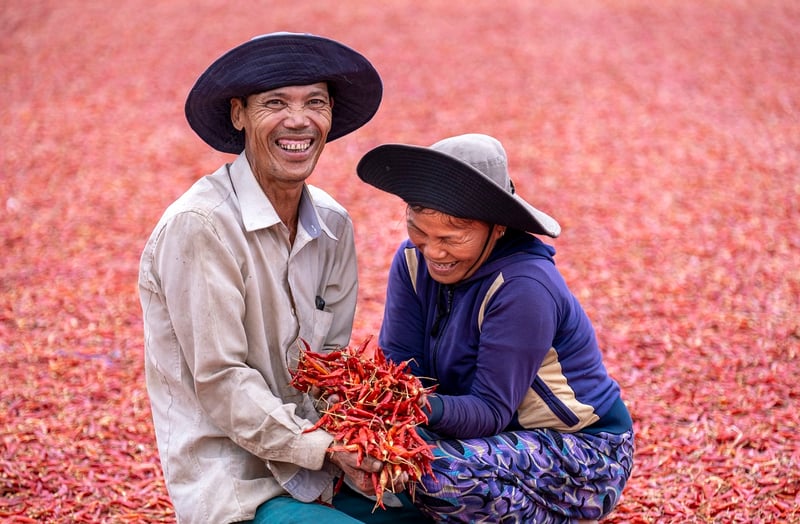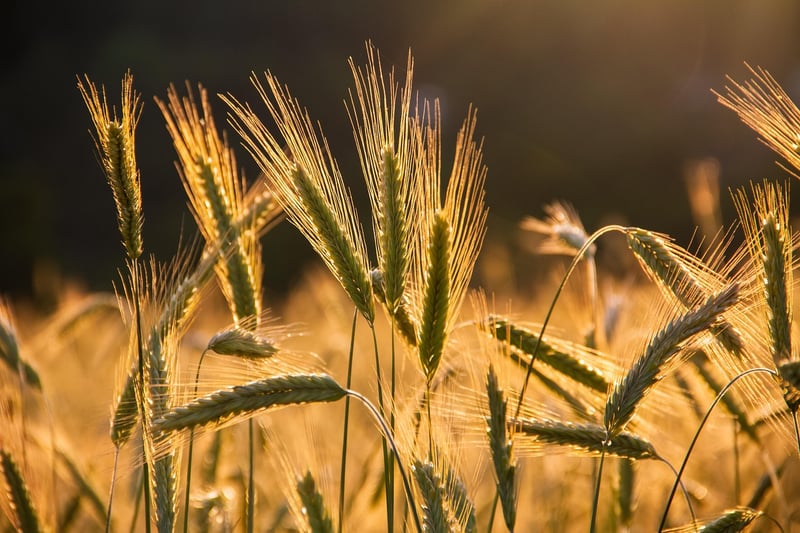Post-Harvest Care
Optimal Harvesting Practices and Post-Harvest Care
Introduction
Harvesting is a critical stage in the agricultural process that greatly impacts the quality and shelf life of the produce. Implementing optimal harvesting practices and proper post-harvest care is essential to ensure that crops reach consumers in the best possible condition.
Optimal Harvesting Practices
Proper harvesting techniques not only help maintain the quality of the produce but also contribute to higher yields. Here are some best practices to consider:
- Harvest at the right time when the produce is at its peak ripeness for the best flavor and nutritional content.
- Use sharp and clean tools to avoid damage to the crop and reduce the risk of contamination.
- Avoid harvesting during wet conditions to prevent the spread of diseases and minimize post-harvest losses.
- Handle the produce with care to prevent bruising and other physical damage that can lead to spoilage.
- Sort the harvested crop to remove damaged or diseased items to maintain overall quality.
Post-Harvest Care
Proper post-harvest care is crucial to preserving the freshness and quality of the produce. Here are some tips for effective post-harvest management:
- Immediately cool or store the harvested produce in suitable conditions to slow down the ripening process.
- Regularly inspect stored crops for signs of rot, mold, or pests and promptly remove any affected items.
- Utilize proper packaging materials that provide adequate ventilation and protection from physical damage.
- Control humidity levels in storage areas to prevent moisture-related issues that can lead to spoilage.
- Implement a systematic rotation system to ensure that older produce is used or sold first to minimize waste.
Conclusion
By following optimal harvesting practices and providing proper post-harvest care, farmers can maximize the value of their crops and deliver fresh, high-quality produce to consumers. Investing time and effort into these essential steps can significantly impact the success of agricultural operations and contribute to a sustainable food supply chain.


